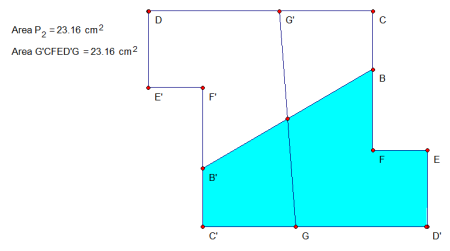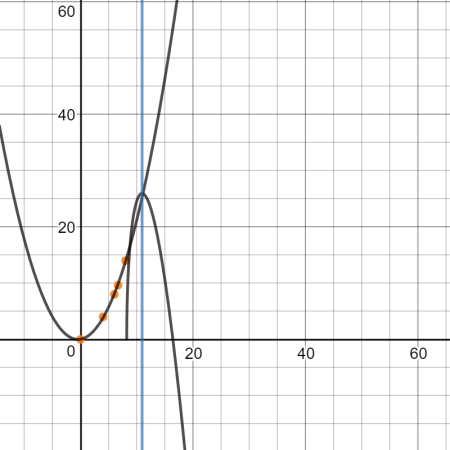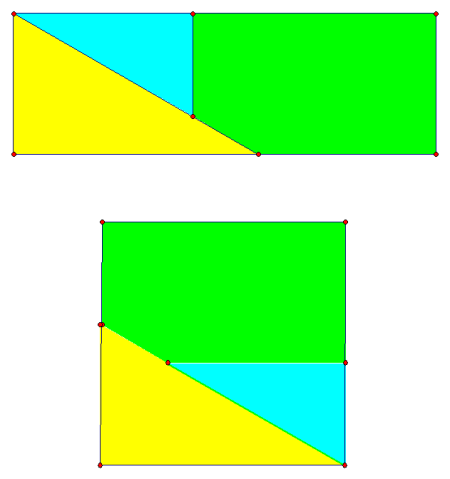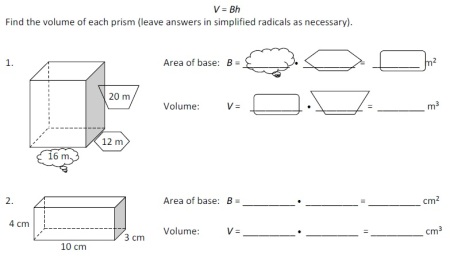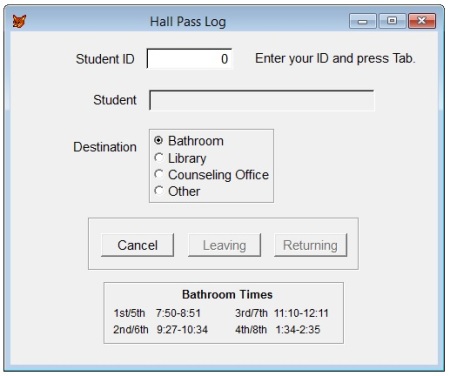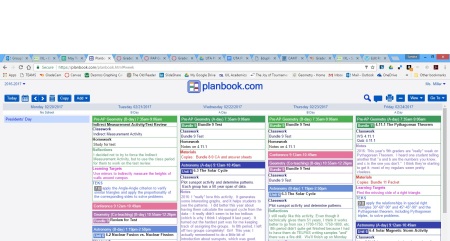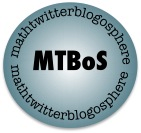CAMT (the Conference for the Advancement of Mathematics Teaching) was being held in Fort Worth this year, and my principal agreed to pay the registration fee for any math teacher who wanted to go. Because of other scheduling conflicts, Brenda and I were the only ones who were able to go. I figured we would probably not be attending the same sessions, since she would be focused on PreCalc and I would be focused on Geometry, and that’s pretty much the way it turned out. What I did not expect to happen was to run into Tiffany, one of my good friends from my UTA Master’s program. We saw each other after the first sessions of the day, and pretty much hung out together for the rest of the conference. I also ran into Anita, a teacher who used to teach Pre-AP Geometry at my school, as well as two or three other teachers who had been there. It was somewhat surreal.
This is my recap of what I learned at CAMT this year:
Session: Making Sense of Geometry by Andrew Stadel (@mr_stadel)

Even though this session was listed for 6-8, I decided to attend because I have followed Andrew for years on Twitter. It was definitely worth it. One of the things I will definitely use this year is having students guesstimate how a bottle’s circumference compares to its height as a reminder about circumference.
Session: Plick Me! Flipping Geometry by Sarah Ashley
While I have been saying I wanted to use Plickers for a couple of years now, I always seem to find some reason why it’s never the right time. What I appreciated about this session was that she actually had us using the Plickers and showed us how she set things up. She also provided some links to some useful sites, most of which either required iPhones or I already knew about such as Desmos or Geogebra, but she did mention a few I hadd not heard of such as Splashtop.
Session: The Importance of Getting It Wrong by Michele Adams
I’m not sure this session really answered their question of how to get students to persist, but it did have some interesting activities that reminded me why I shouldn’t forget about the Shell Centre for Mathematical Education resources. The activity that I especially want to remember when we hit volume was comparing bottles and graphs of their volume vs. height.
Session: Engage and Motivate All Students by Aaron Daffern
This was one of those sessions where you make a pre-judgement based on your initial impression of the presenter that turns out to be completely wrong. Aaron is an interesting guy. He’s currently a curriculum direcctor for a charter school which he had previously served as principal. One thing he said that really stuck with me was that as principal, he should be able to “walk into any classroom and teach any subject.” I know my current principal also has that philosophy, which (although it can sometimes come across as arrogant) is such a change from having principals stand up and publicly state that they aren’t that good at math (laugh, laugh). Aaron had us model a strategy that I’m probably going to use for my first day classes: consensus rounds. He initially had us come up with three to five characteristics of a good math lesson. At the beginning of the session he had given everyone slips of paper that had three different groupings on it. He then had us find our first group (which got rather chaotic in a room of ~100 people) and come to a consensus of three characteristics. He insisted that each member of the group needed to “own” the list. It was also important that we each write the list down because after two minutes, we regrouped and did it again. After two minutes, we regrouped one last time. By this point, most groups had talked through different ideas, but the main consensus of the whole room for the main characteristic of a good math lesson was “student engagement”. Of course, how we achieve engagement is the tricky part.
Session: Revamping a Classic: Interactive Notebooks Gone Digital by Amanda Packard and Rita Gongora
Although this was billed as a commercial product demonstration, Tiffany and I decided to attend because we thought it might give us some good ideas, which it did. We saw some good uses for OneNote for Classroom, as well as using Google Slides to make a template that students would then use to fill in for their notes.
Session: Breaking Down Barriers – Geometry Redesigned by Julie Kidder and Caroline Robb
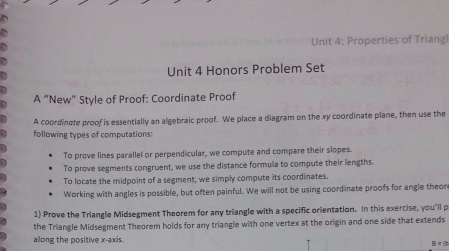
This was a very interesting session. These two teachers are fortunate enough to teach at a private school that let them completely redesign their Geometry curriculum. One of the most fascinating decisions they made was to eliminate Pre-AP (Honors) Geometry as a separate course and put all different skill levels in the same classes. How they then handled the Pre-AP part was to designate parts of their assignments as “Honors”, and students had to accumulate a certain number of points to have their course credited as honors. Students were given a choice of ways to accumulate those points, which also included things such as competing in UIL events. While I certainly can’t implement that sort of thing in my classes, I really did like their lesson design.

